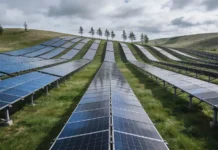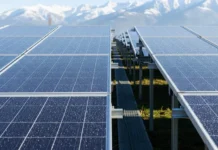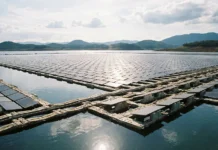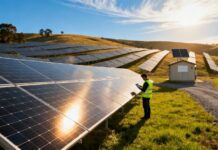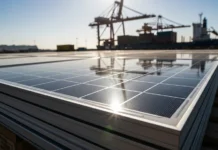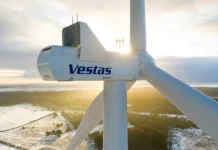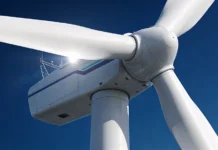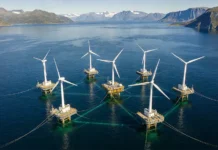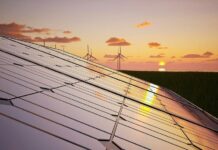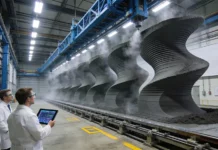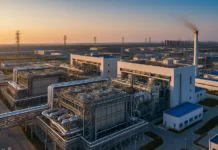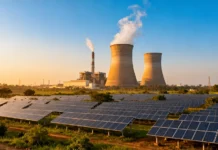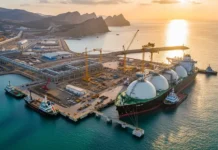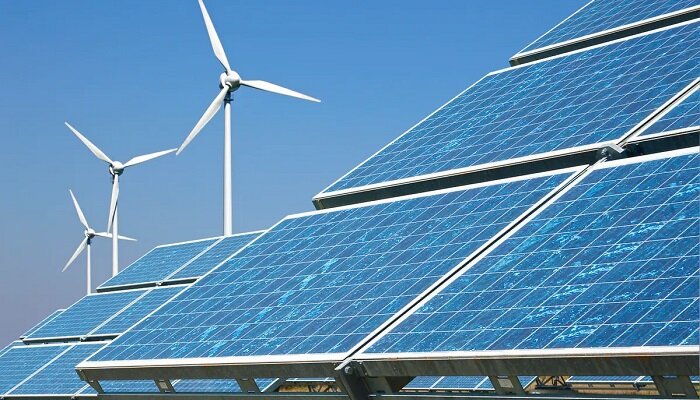Vietnam’s rapid economic development, coupled with its ambitious goals for renewable energy, has placed the country at the forefront of Southeast Asia’s green energy revolution. As the nation looks toward decarbonizing its energy infrastructure, significant opportunities and challenges lie ahead for developers, investors, and policymakers in shaping Vietnam’s renewable future.
The Growing Importance of Renewable Energy in Vietnam
Vietnam’s energy demand is rapidly rising, driven by population growth, industrialization, and its burgeoning economy. Projections for 2024 suggest that the economy will grow by nearly 6%, surpassing regional peers and creating substantial demand for energy. However, this growth comes with its own set of challenges, particularly as the world pivots away from fossil fuels in the face of climate change.
Vietnam, as one of Southeast Asia’s most significant energy consumers, has embraced the global trend of decarbonization by committing to an ambitious renewable energy agenda. The government has set a target of reaching net-zero emissions by 2050, with its Power Development Plan VIII (PDP 8) outlining key strategies for incorporating more renewable energy into the national grid.
In this plan, renewable energy, particularly solar, wind, and hydropower, will play a dominant role. Wind and solar energy are expected to make up around 27% of the country’s energy mix by 2030, while fossil fuel plants are expected to gradually phase out, with many coal power plants converted into ammonia, hydrogen, and liquid natural gas (LNG) facilities.
The Just Energy Transition Partnership and Foreign Investment
Vietnam’s participation in the Just Energy Transition Partnership (JETP) reflects the country’s commitment to reducing carbon emissions while drawing in significant foreign investment. The partnership, launched in collaboration with international partners, is expected to inject billions of dollars into Vietnam’s renewable energy sector, accelerating its transition away from fossil fuels.
The roadmap laid out under JETP aims to expand Vietnam’s wind and solar capacity by an additional 26 gigawatts (GW). This expansion will not only help Vietnam meet its domestic energy needs but also pave the way for renewable energy exports, particularly through offshore wind power, which holds tremendous potential for supplying energy to neighboring countries, especially Singapore.
With the announcement of offshore wind energy exports to Singapore, Vietnam is showcasing its renewable energy potential on the global stage. Singapore, which is heavily reliant on imported energy, has already signed agreements to import over 1.4GW of clean energy from Vietnam, a clear signal that regional cooperation in the energy sector will be critical for future success.
Key Drivers of Renewable Energy in Vietnam
Several key factors are driving Vietnam’s renewable energy transition:
Cost Competitiveness: Advances in technology and economies of scale have made renewable energy, particularly solar and wind, much more cost-competitive with traditional fossil fuel-based power generation. As the costs of renewables fall, investment and deployment of green energy infrastructure are accelerating, making renewable energy an attractive option for investors.
Strong Policy Framework: Vietnam’s PDP 8 and participation in JETP have provided a robust policy foundation to attract local and international investors. Clear and ambitious energy transition goals, coupled with incentives and regulatory support, make Vietnam a key market for renewable energy projects.
Corporate Demand for Clean Energy: Increasing corporate demand for clean energy, especially from large industrial players, is driving the growth of distributed solar power systems in Vietnam. This demand will be bolstered by the recently approved Direct Power Purchase Agreement (DPPA) pilot, which allows large-scale consumers to procure renewable energy directly from producers. This is a critical mechanism that will drive further investment in distributed solar power across the country.
Grid Modernization and Storage Solutions: The successful integration of variable renewable energy (VRE) such as solar and wind power requires modern grid infrastructure and storage solutions. Vietnam’s government, in partnership with Vietnam Electricity (EVN), is investing in upgrading the national grid to enhance its capacity to accommodate increased renewable energy inputs.
The Challenges to Vietnam’s Green Energy Transition
Despite these opportunities, the path to a full-scale renewable energy transition in Vietnam is not without its challenges. Key obstacles include:
Grid Capacity Constraints: Vietnam’s existing grid infrastructure is not yet fully equipped to handle large volumes of renewable energy. Many renewable energy projects, especially in regions like the Mekong Delta, face delays due to grid congestion. With electricity demand set to grow at a rate of 1 to 3 GW per year, particularly in regions such as Java, the pressure on the grid is intensifying.
Geographical Disparities: While regions like Sumatra and Kalimantan have abundant potential for renewable energy projects, the demand centers are concentrated in areas such as Java, Sulawesi, and Batam. This geographical mismatch between supply and demand will necessitate extensive grid upgrades and investments in transmission lines to ensure smooth power distribution across the country.
Investment Risks: Although Vietnam presents significant opportunities for investors, there are risks related to regulatory frameworks, project financing, and the return on investment (ROI). Many renewable energy projects in the country face average returns of less than 5%, which may discourage some investors. The government will need to address these financial hurdles by refining regulatory frameworks and offering financial incentives to de-risk projects and attract more investment.
Skilled Workforce Shortages: Vietnam’s transition to renewable energy requires a skilled workforce capable of managing new technologies and infrastructure. Currently, there is a shortage of technically proficient personnel who can work with advanced renewable energy systems. Building capacity through education and training programs will be essential for ensuring that the country’s renewable energy projects are staffed by qualified professionals.
Offshore Wind: A Key Player Beyond 2030
Vietnam’s offshore wind sector holds the most potential for transforming the country’s energy landscape, with projections indicating a significant ramp-up after 2030. Offshore wind is expected to play a key role in not only meeting domestic energy demand but also providing surplus power for export to other countries in the region, further establishing Vietnam as a renewable energy hub in Southeast Asia.
The potential of offshore wind energy also presents Vietnam with a unique opportunity to collaborate with international partners, both for technology transfer and to build a market for ASEAN-wide renewable energy trade. The country’s Asia-Australia PowerLink project, aimed at transmitting solar and wind energy across borders, showcases how Vietnam can act as a central player in regional energy cooperation.
The Future of Renewable Energy in Vietnam
Vietnam’s renewable energy future is bright, with numerous opportunities for growth, innovation, and regional leadership. By capitalizing on its natural resources, leveraging foreign investment, and addressing key challenges, the country is well-positioned to emerge as a leading player in Southeast Asia’s renewable energy revolution.
However, to fully realize this potential, the country will need to focus on modernizing its grid infrastructure, securing additional financing, and building a skilled workforce capable of managing the complex demands of a renewable energy-powered economy.
In conclusion, Vietnam’s renewable energy sector offers immense potential for both local and international players. By investing early, building strong local partnerships, and leveraging government-backed incentives, developers and investors can secure long-term growth and contribute to the country’s green energy transition.


